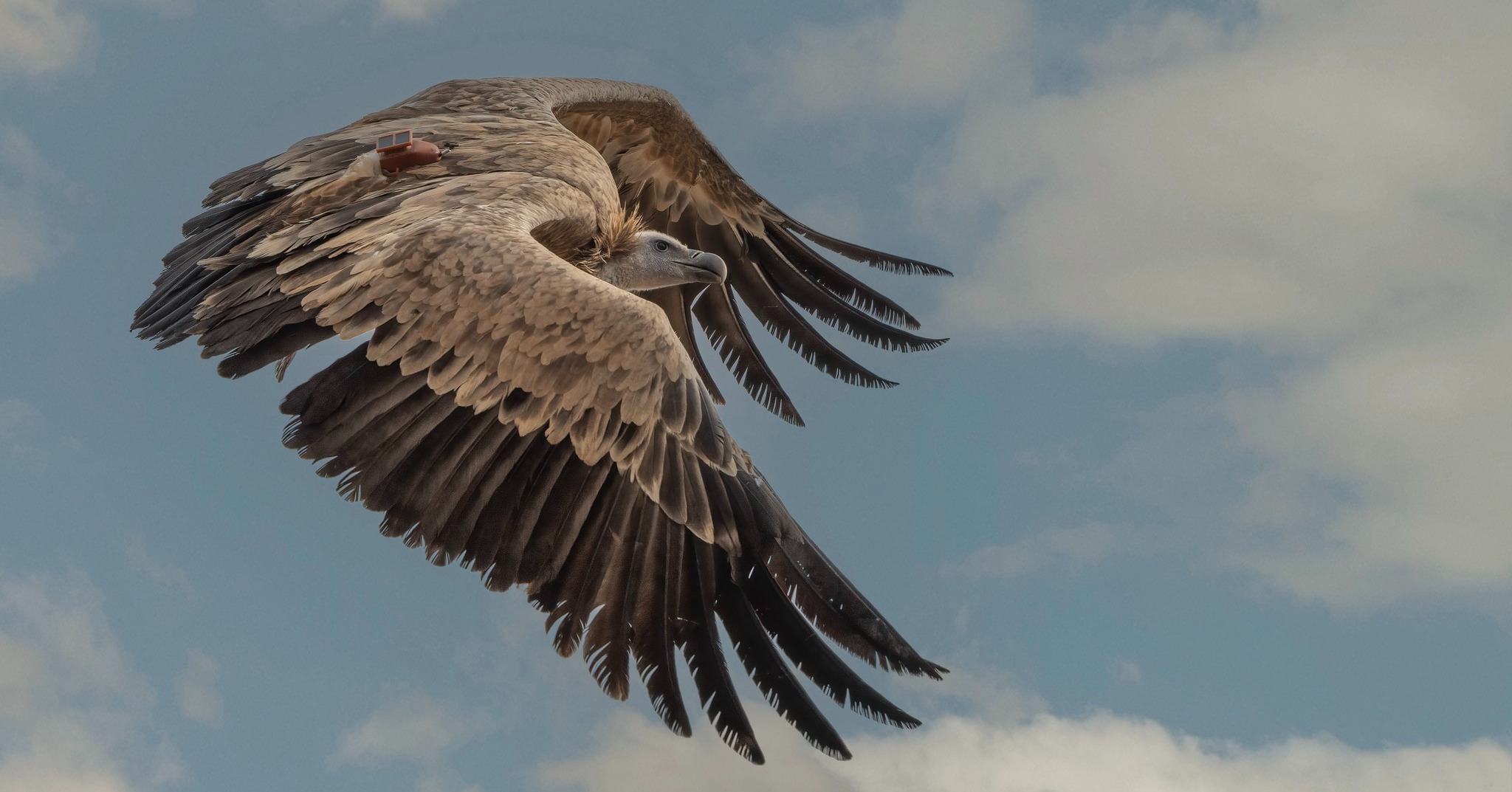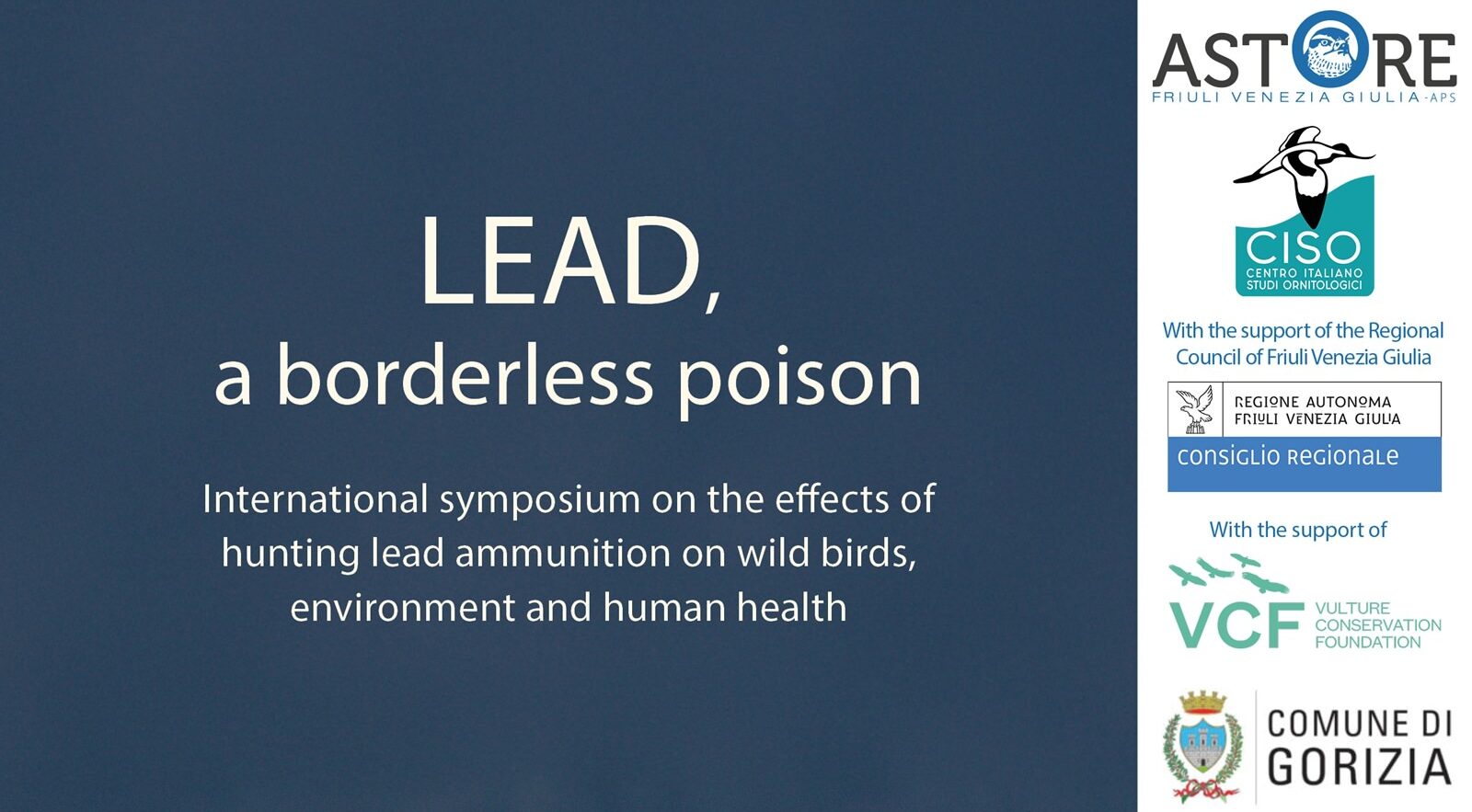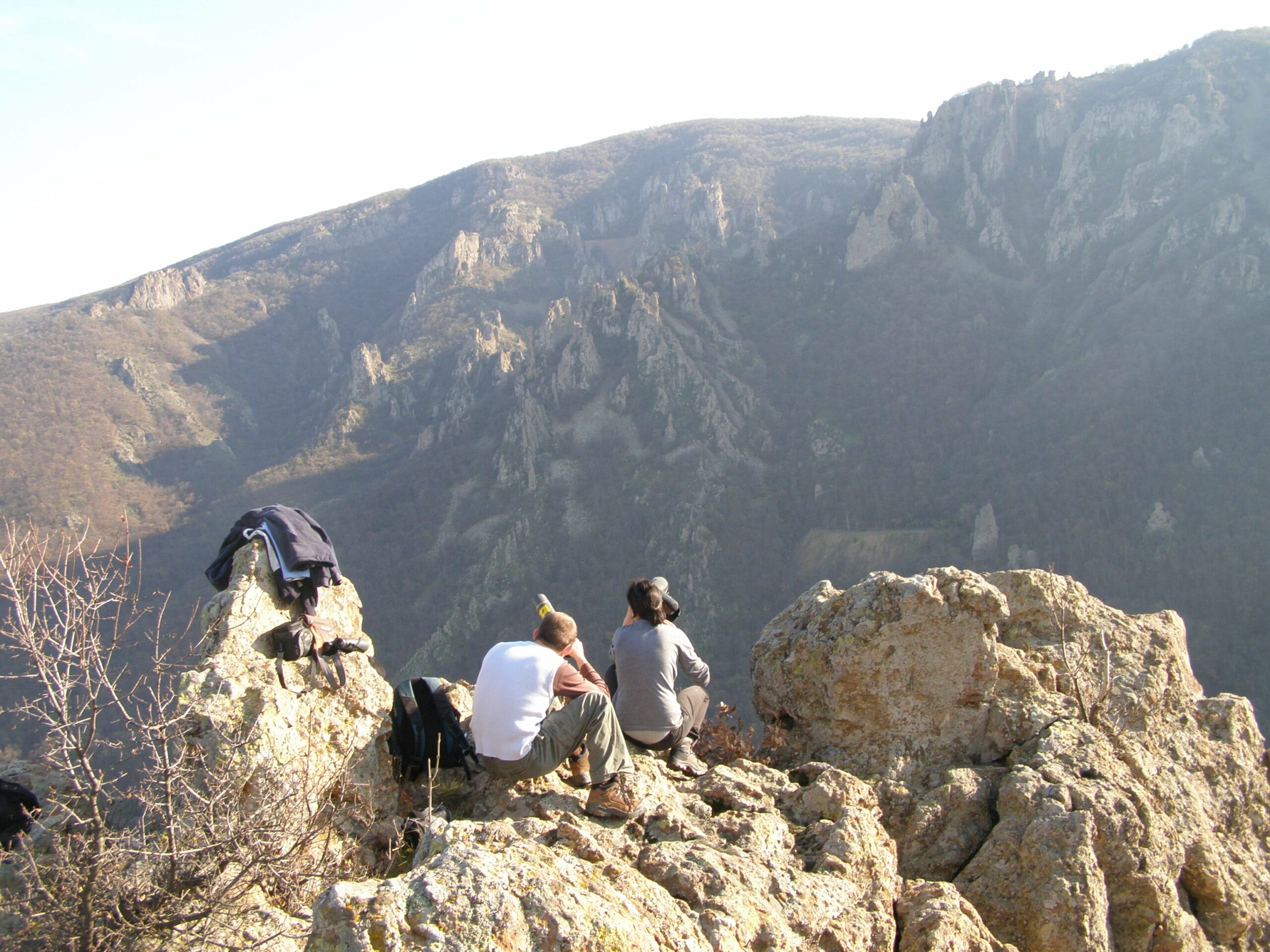The LIFE Safe for Vultures project recently released seven Griffon Vultures from the Villasalto acclimatisation aviary (Sardinia). Seven peculiar stories of resilience and international collaboration, including the one of Mayra, the French vulture donated by the Ligue pour la protection des Oiseaux that unfortunately drowned near the Serpentara Island few days after being released.
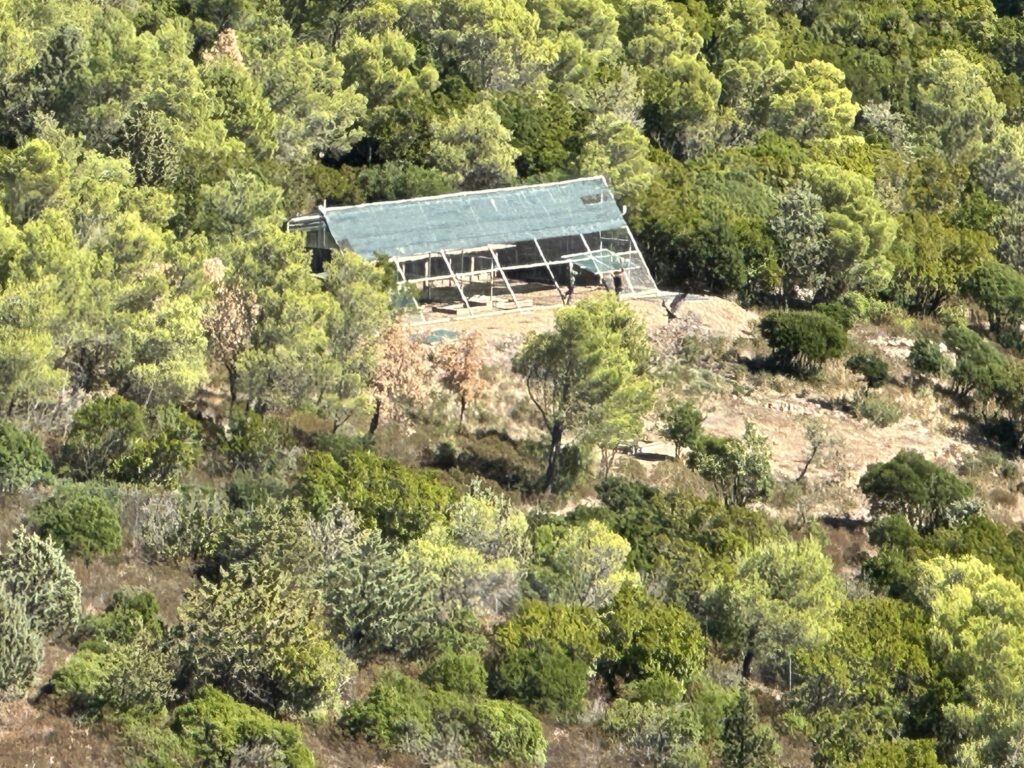
The release
On a crisp October morning, seven rescued Griffon Vultures (Gyps fulvus) started a new chapter of their life in Sardinia. The LIFE Safe for Vultures project team and its partners released them from the Villasalto acclimatisation aviary as part of the restocking programme. Witnessing the heartwarming scene were also the photographer Bruno Berthemy, the raptor expert and pioneer of vulture conservation Jean-Francois Terrasse and the local authorities.
The release celebrated the ongoing collaboration between the project, the local partners including the regional government and sanitary authorities, and the newly formed partnership with the French NGO Ligue pour la protection des Oiseaux.

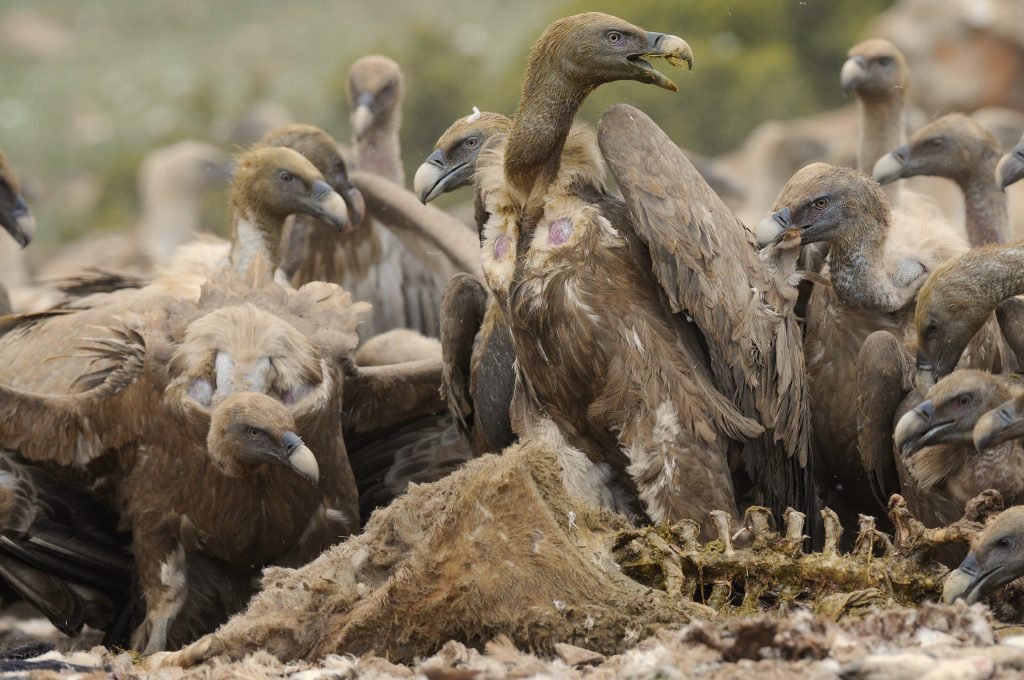

Seven stories of resilience
Each released vulture has its own peculiar story. They are all the living proof of the crucial role of collaborations for conservation projects like LIFE Safe for Vultures.
Zinnicas and Dolianova, and the vital role of livestock farmers
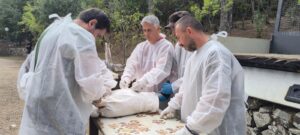
Zinnicas and Dolianove owe their lives to vigilant livestock farmers who had established supplementary feeding stations on their properties. In Sardinia, livestock farmers are true vultures custodians thanks to a thriving supplementary farm feeding stations network. They provide vultures with safe food, and keep an eye on them, calling the project in case of emergency.
This is exactly what saved Zinnicas and Dolianova. The first vulture had a broken wing that was successfully fixed by veterinarians of the Forestas team, partner of the project. The second one was weak and underweight and was rehabilitated by the local wildlife rescue centre.
Corallo and Carargius that arrived from Spain
These two vultures arrived in Sardinia together with other Spanish vultures thanks to the collaboration with the Vulture Conservation Foundation, the AMUS wildlife rescue centre in Villafranca de los Barros and donated to the project by the Junta de Extremadura.
While their companions were released in June, Corallo and Carargius were kept in captivity because their conditions were not ideal. After some extra time in the aviary, they were finally ready to start exploring Sardinia.
Perdas, the media star, and Fraigada
Perdas became famous during the summer, after an unfortunate car accident. He was immediately rescued by a driver that called the Forestry and Environmental Protection Corps. The driver shielded the bird from heat and traffic, until the rescue team arrived. Luckily, Perdas was in shock but unharmed.
Perdas’ story is the proof that education can make the difference in wildlife conservation. The LIFE Safe for Vultures project and its predecessor LIFE Under the Griffon Wings built a wide and very active volunteers network to support the expanding Griffon Vulture population in Sardinia. They also educated the local community on what to do – and who to call – in case of a wildlife emergency.
Fraigada, on the other hand, was rescued in March in the area around Villasalto. He showed difficulties using his left wing and required a long residence in the acclimatisation aviary. Now he’s able to join the rest of the group in this new adventure.
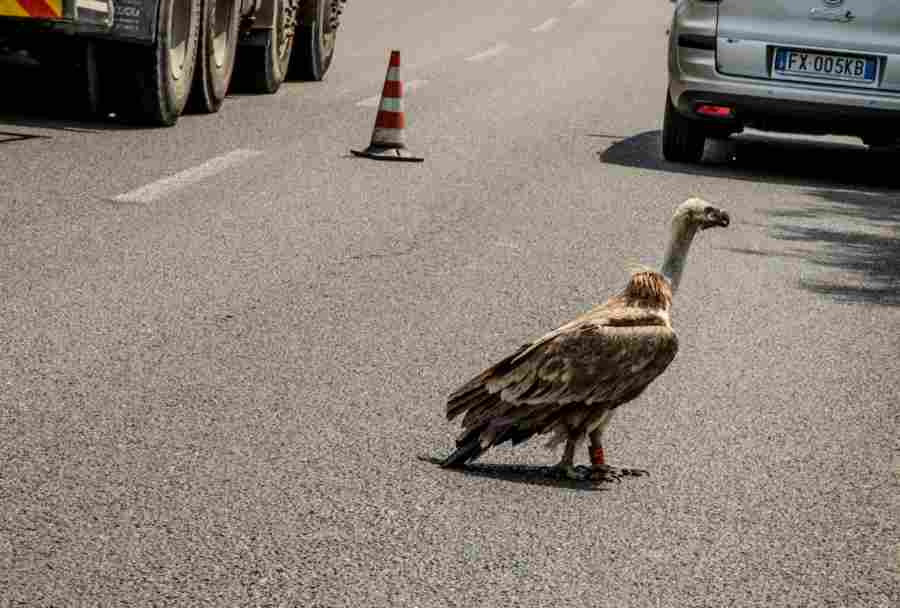
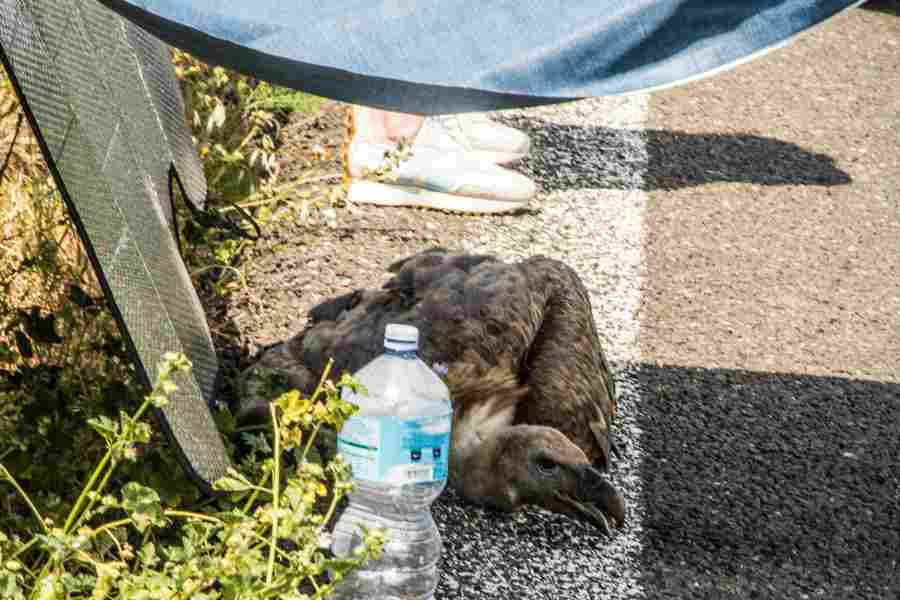
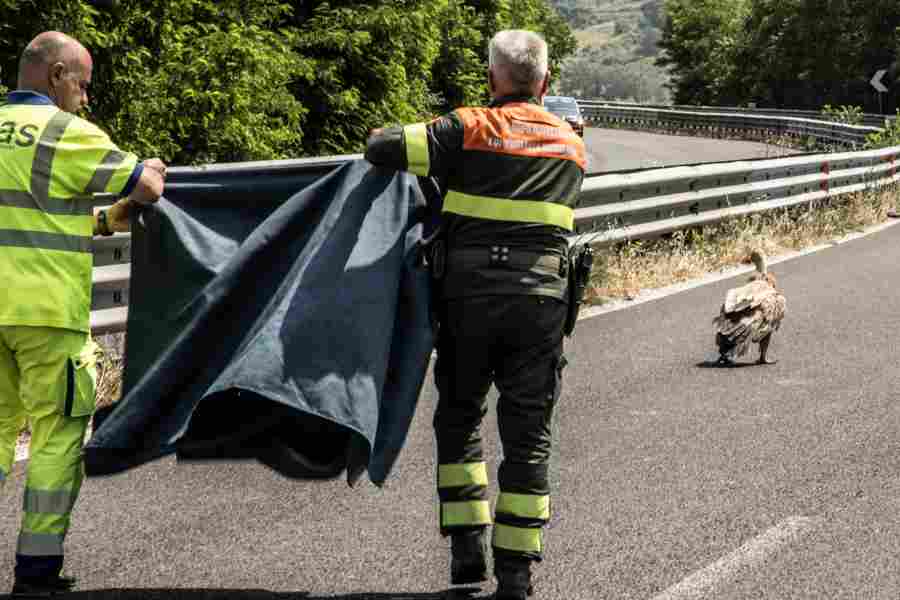
Mayra, the start of a new collaboration
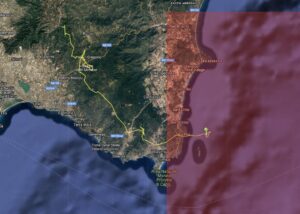
Mayra was rescued in difficult conditions in France. Once rehabilitated, the Ligue pour la protection des Oiseaux donated her to the LIFE Safe for Vultures project as part of their newly formed collaboration.
Once in the sky, she moved south. Four days after the release, she was already flying over the sea. Unfortunately, something went wrong, and Mayra fell in the water. When her telemetry data signalled that she was not flying, the rescue team was immediately sent looking for her. Unfortunately, they only managed to retrieve her body offshore. The veterinary team will perform a necroscopy, to confirm the causes of her death.
A tragic loss that advances science
Whether she had been attempting to return to France, or whether her free spirit had driven her to explore new territories, we will never know. What we do know is that Mayra’s story confirms what recent study have been highlighting: a vulture flying over large bodies of water is not as rare as we thought.
Scientists have long believed that soaring birds like Griffon Vultures avoid flying over large bodies of water, due to the absence of thermal currents. But satellite telemetry is revealing something a more complex picture. Flying over water is not only possible under specific atmospheric conditions, but it occurs far more frequently than previously believed. These sea crossings are crucial. They might be one of the major events connecting populations living in different areas, helping maintain genetic diversity across populations. Nonetheless, it is an extremely risky journey.
Conclusions
Even if tainted with sadness for Maira’s sudden death, this recent release represents another success for the LIFE Safe for Vultures project. Each of the seven vultures stories highlights a piece of the strong and efficient network the project has built over the years. The project’s strength lies in its comprehensive approach: from citizens and farmers, to the veterinary and rehabilitation teams, the local authorities and the international partnerships. This is how populations recover: through patient, collaborative work that learns from both successes and setbacks.
The LIFE Safe for Vultures project
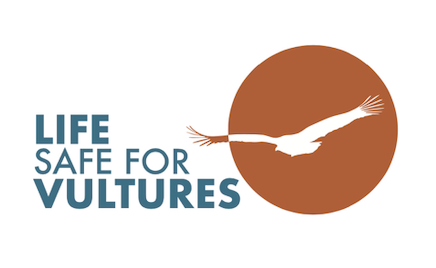
LIFE Safe for Vultures is a project co-financed by the EU’s LIFE Programme, acting as the first step to the restoration of the vulture guild in Sardinia. The University of Sassari leads the project in collaboration with Agenzia Regionale Forestas, Sardegna Corpo Forestale, E-Distribuzione and the Vulture Conservation Foundation. LIFE Safe for Vultures builds on the work of the successful LIFE Under Griffon Wings, with the ultimate objective for Griffon Vultures to regain their historic ranges and distribution areas from the central-eastern part of Sardinia to the south and at the same time promote the long-term survival of the species on the island.
The project team is working to expand the network of farm feeding stations, create several anti-poison dog units to tackle wildlife poisoning, establish an additional feeding station in the south of the island, restock the population by importing 40 additional Griffon Vultures and reduce the threat of collision and electrocution with energy infrastructures.





